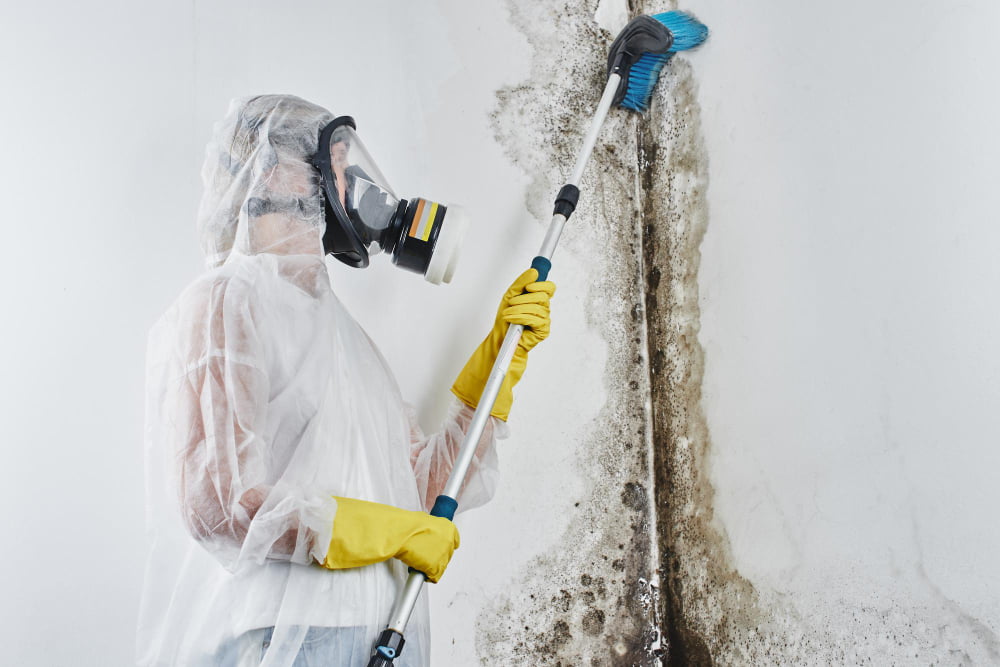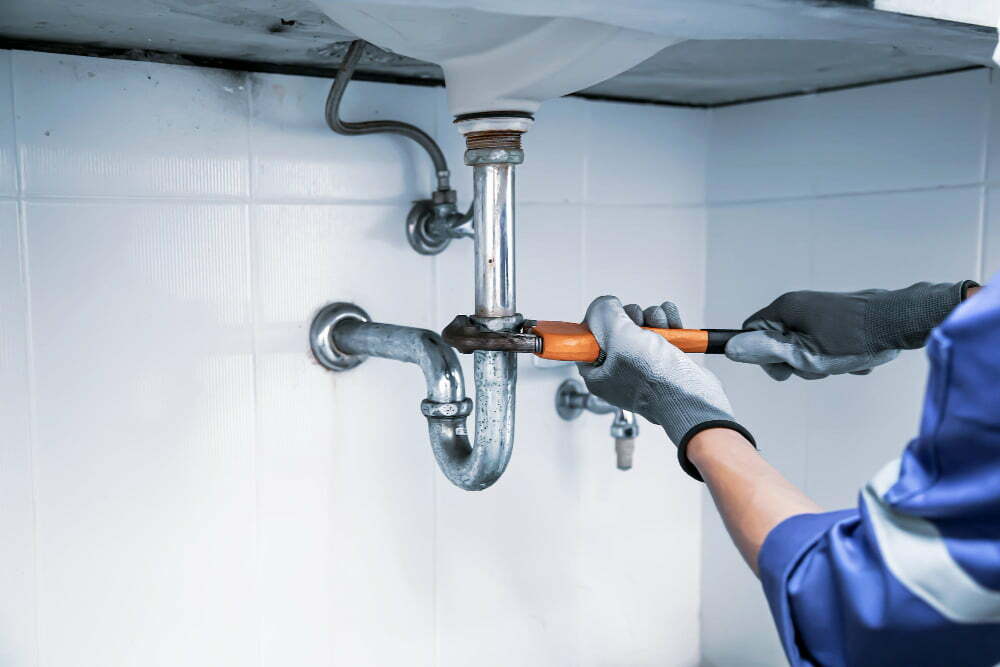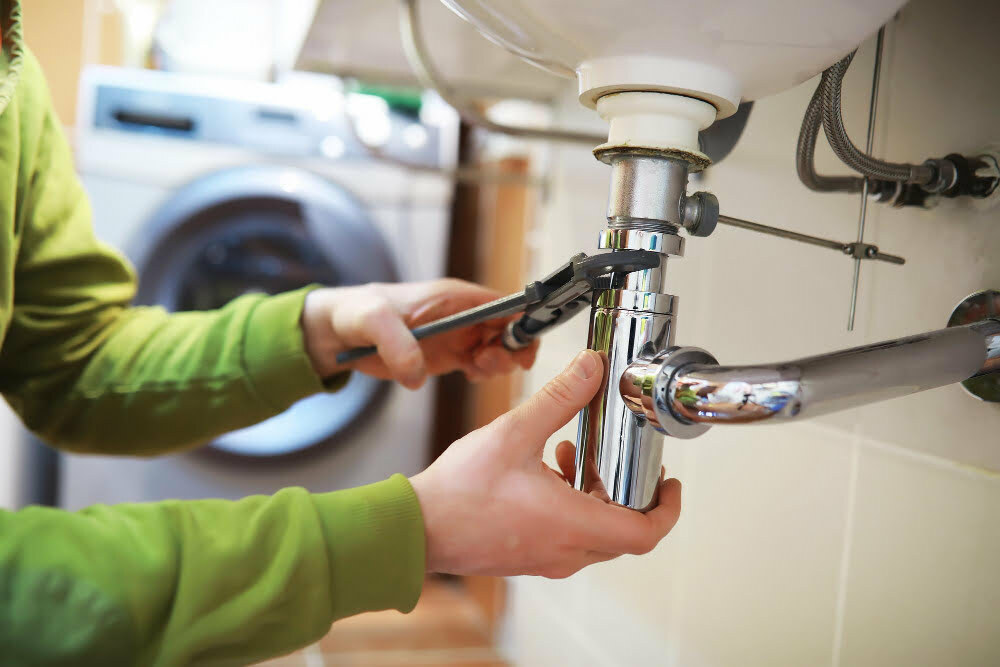Learn how to prevent and remediate mold growth in your home with these expert tips and tricks.
As I walked into my friend’s house, the musty smell hit me like a ton of bricks. I could see her struggling to breathe and rubbing her eyes repeatedly.
“It’s the mold,” she said, pointing to a patch of black spots on the ceiling. My heart sank as I realized how dangerous mold growth can be for our health and homes.
Mold is a common problem that many homeowners face, especially in areas with high humidity levels or water damage. It can cause respiratory problems, allergies, headaches, and even structural damage to your home if left untreated.
But don’t worry! In this article, we will explore some simple yet effective ways to prevent and remediate mold growth in your home. So let’s dive in!
The Mold Menace: A Tale of Two Homes

In my friend’s case, the mold growth was caused by a leaky roof that went unnoticed for months. The moisture from the leak had seeped into her ceiling and walls, creating a perfect breeding ground for mold spores to thrive.
It wasn’t until she started experiencing health issues that she realized something was wrong. On the other hand, I have another friend who lives in an area with high humidity levels but has never experienced any mold growth in her home.
She takes proactive measures to prevent it by keeping her home well-ventilated and dry at all times. These two scenarios highlight how important it is to be vigilant about preventing and remedying mold growth in your home before it becomes a serious problem.
In this article, we will discuss some practical steps you can take to keep your home safe from this silent menace called “mold”.
Identifying the Culprits: Common Household Molds

After my friend’s mold problem, I decided to educate myself on the different types of household molds. It turns out that there are many common culprits that can cause mold growth in your home.
Some of these include Aspergillus, Cladosporium, and Stachybotrys chartarum (also known as black mold). Aspergillus is a type of fungus commonly found in damp areas such as bathrooms or kitchens.
It can cause respiratory problems and allergies if left untreated. Cladosporium is another type of fungus that thrives in humid environments like basements or attics.
This particular strain has been linked to asthma attacks and other respiratory issues. Black Mold (Stachybotrys chartarum) is perhaps the most infamous household mold due to its toxic properties which have been linked with severe health complications including neurological damage.
Identifying these common molds will help you take action quickly before they spread throughout your home causing more harm than good!
Humidity Havoc: Controlling Moisture Levels

As I sat down with my friend to discuss the mold problem in her home, she mentioned that it had been a particularly humid summer. That’s when it hit me – controlling moisture levels is crucial for preventing and remedying mold growth.
Mold thrives in damp environments, so keeping your home dry is key. One way to do this is by using dehumidifiers or air conditioners to reduce humidity levels below 60%.
You can also use exhaust fans in bathrooms and kitchens where moisture tends to accumulate. Another important step is fixing any leaks or water damage as soon as possible.
This includes repairing leaky pipes, roofs, windowsills, and even small cracks on walls that may allow water seepage into your home. By taking these simple steps towards controlling humidity levels within our homes we can prevent the havoc of mold growth from wreaking havoc on our health and homes!
Ventilation Victory: Promoting Air Circulation

After my friend’s mold problem, I realized the importance of proper ventilation in preventing and remediating mold growth. Good air circulation helps to reduce humidity levels and prevent moisture buildup, which are key factors that contribute to mold growth.
One way to promote air circulation is by opening windows and doors regularly. This allows fresh air into your home while pushing out stale, humid air that can lead to mold growth.
You can also use exhaust fans in bathrooms and kitchens where moisture tends to accumulate.
Another effective method is using a dehumidifier or an HVAC system with a built-in dehumidifier function. These devices help regulate indoor humidity levels by removing excess moisture from the air.
By promoting good ventilation practices in your home, you’ll be taking proactive steps towards preventing any future occurrences of harmful molds growing within your living space!
Leak Patrol: Fixing Water Intrusions Fast

After my friend’s mold scare, I became more aware of the importance of preventing water intrusions in my own home. Water leaks can come from various sources such as roof damage, plumbing issues, or even a simple spill that wasn’t cleaned up properly.
These leaks create a perfect environment for mold growth to thrive. To prevent this from happening in your home, it’s essential to conduct regular leak patrols and fix any water intrusions fast.
This means checking for signs of moisture around windows and doors or inspecting your attic and basement regularly. If you do find any signs of water intrusion like dampness or discoloration on walls or ceilings, don’t wait! Fix the problem immediately before it becomes worse.
You may need to call in professionals if the issue is severe enough. By being proactive with leak patrols and fixing any problems quickly, you’ll be able to keep your home dry and free from harmful mold growths that could harm both you and your property over time.
Cleanliness Chronicles: Regular Home Maintenance

As I looked around my friend’s house, it was clear that regular home maintenance had been neglected. Dust and debris were piled up in corners, and the bathroom tiles were covered in grime.
It’s no wonder mold had taken hold. Regular cleaning is one of the most effective ways to prevent mold growth in your home.
By keeping surfaces clean and dry, you can eliminate the conditions that allow mold to thrive. Start by creating a cleaning schedule for your home.
This should include tasks such as vacuuming carpets and upholstery, wiping down surfaces with disinfectant cleaners, washing bedding regularly at high temperatures (60°C or above), mopping floors with hot water mixed with vinegar or bleach solution once a week – especially if you have pets who shed hair frequently! By following these cleanliness chronicles regularly as part of your routine maintenance plan for your home will help keep it free from harmful molds!
– DIY Detectives : Spotting Early Signs of Mold Growth

As I continued to help my friend with her mold problem, I realized that early detection is key in preventing and remedying mold growth. Being a DIY detective can save you time, money, and most importantly – your health.
The first step in detecting mold growth is to use your senses. Look for visible signs of discoloration or water damage on walls, ceilings, floors or any other surfaces where moisture may accumulate.
Musty odors are also an indication of hidden mold growth. Another way to detect early signs of mold is by monitoring the humidity levels in your home using a hygrometer.
High humidity levels above 60% create ideal conditions for molds to grow rapidly. Regularly inspecting areas prone to moisture such as bathrooms and kitchens can also help you spot potential problems before they escalate into full-blown infestations.
By being proactive about detecting early signs of mold growth through regular inspections and monitoring humidity levels at home; homeowners can prevent costly damages while ensuring their families’ safety from harmful toxins associated with prolonged exposure to molds.